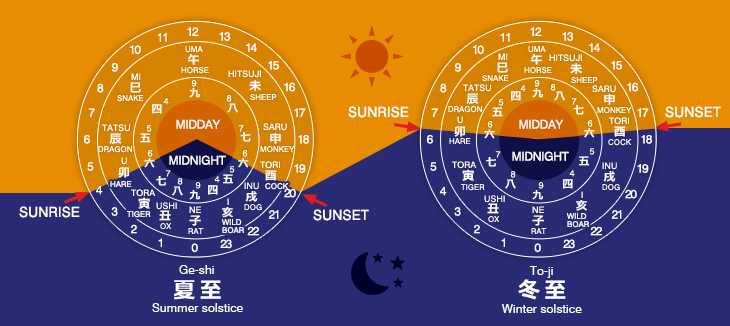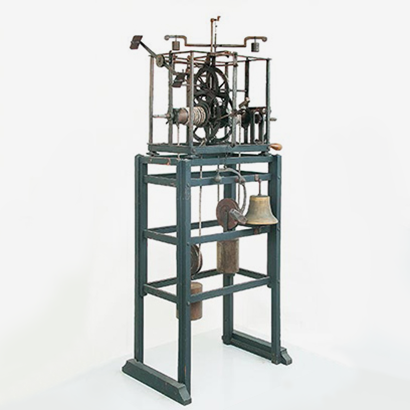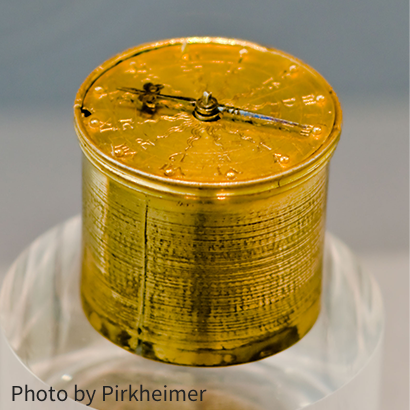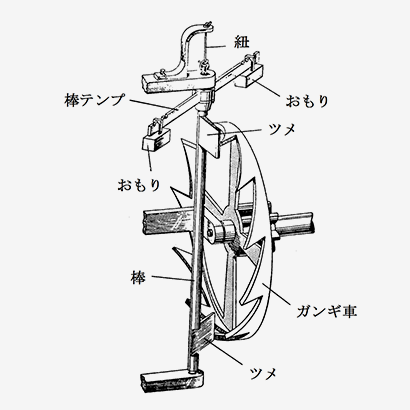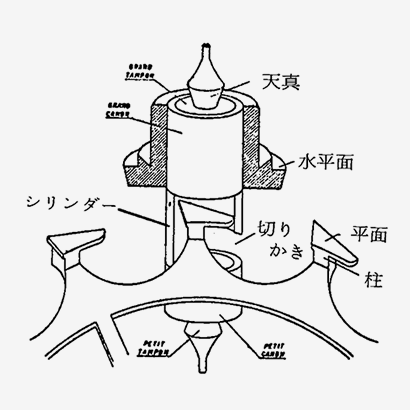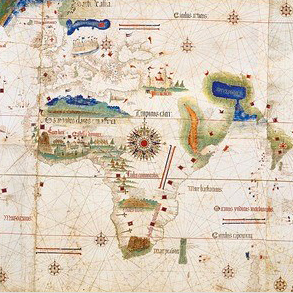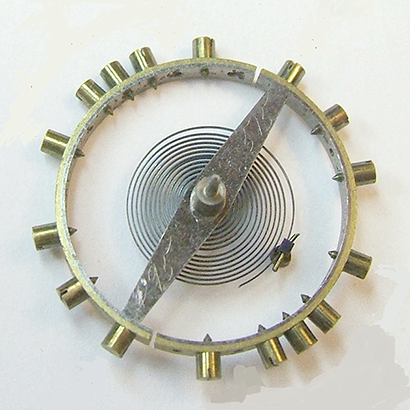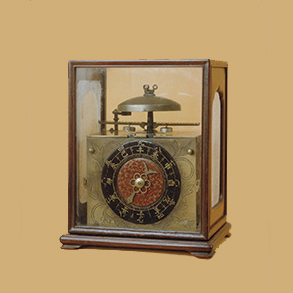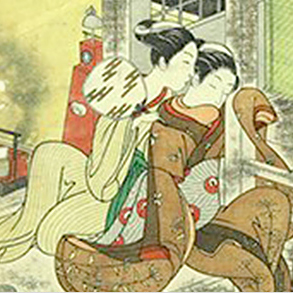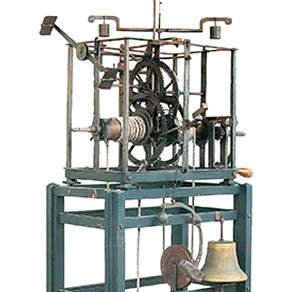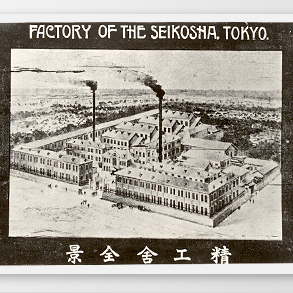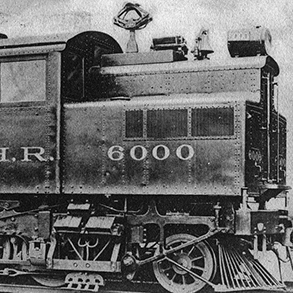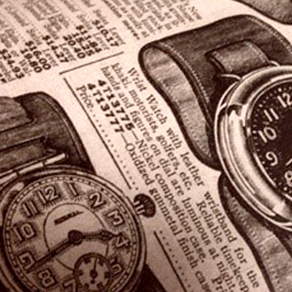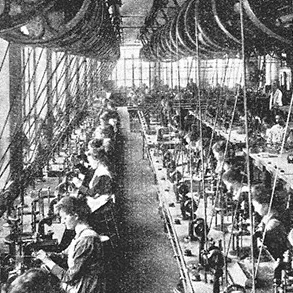The traditional Japanese clock is a unique mechanical clock produced in Japan during the Edo period.
This traditional Japanese clock was produced in accordance with the “seasonal time system,” the time system used in Japan, based on a mechanical clock introduced from Europe.
In our current time system, the “fixed time system,” the length of a day is divided into equal portions, or hours. The “seasonal time system” used in Japan until the early Meiji period (1868 - 1912) divided one day into day and night and then partitioned each into six parts. As the length of a day changes from season to season, a seasonal time clock had to be adjusted continuously to stay in synch with the daylight hours all around the year (to be discussed later). Clocks built to keep time for antiquated time systems such as Japan’s seasonal time system are extremely rare in the world. Japan’s traditional clocks were produced and used for more than 200 years.
The shapes of the traditional Japanese clock were also adjusted to the Japanese lifestyle of the period. Lantern clocks, pillar clocks, and pillbox pocket watches were all produced. Many were outstanding as artworks and highly regarded overseas, as well.
Introduction of Mechanical Clocks
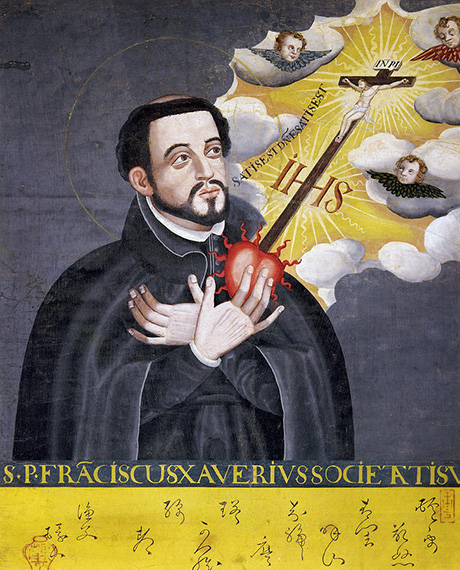
European mechanical clocks and their production technologies were introduced along with Christianity in around the end of the Muromachi period (around 1336 - 1573).
The oldest record of a mechanical clock was a self-ringing bell (mechanical clock) included among the gifts presented by the Spanish missionary Francisco de Xavier to Yoshitaka Ouchi, the feudal lord of Suo (the present Yamaguchi prefecture). The Spaniard had come to Japan in 1551 seeking permission to propagate Christianity. The clock itself is lost to posterity. The oldest existing clock in Japan is a spring-driven table clock presented to Ieyasu Tokugawa, the founder of the Edo government, by the governor of Spanish Mexico in 1612. It is now stored as a treasure in the Kunozan Toshogu shrine in Shizuoka prefecture.
Production of mechanical clocks in Japan
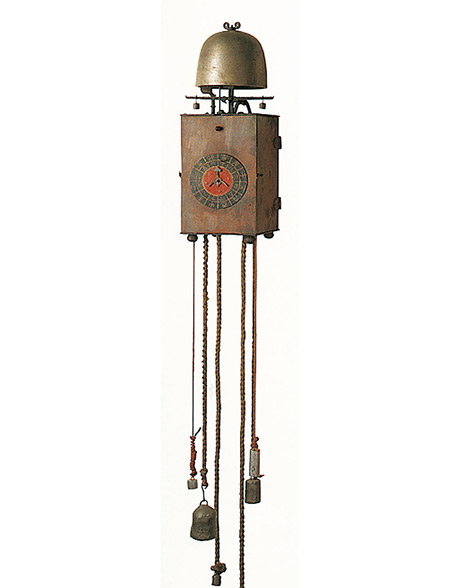
As Christianity spread, missionaries began establishing vocational schools affiliated with churches in Kyushu and Kyoto. Students at the schools learned clock production technologies, printing techniques, organ music, and the field of astronomical instrumentation. Smiths studying at these schools began producing the first mechanical clocks and watches in Japan.
The traditional Japanese clock gradually disappeared after 1873, when the seasonal time system was replaced by the fixed time system.


